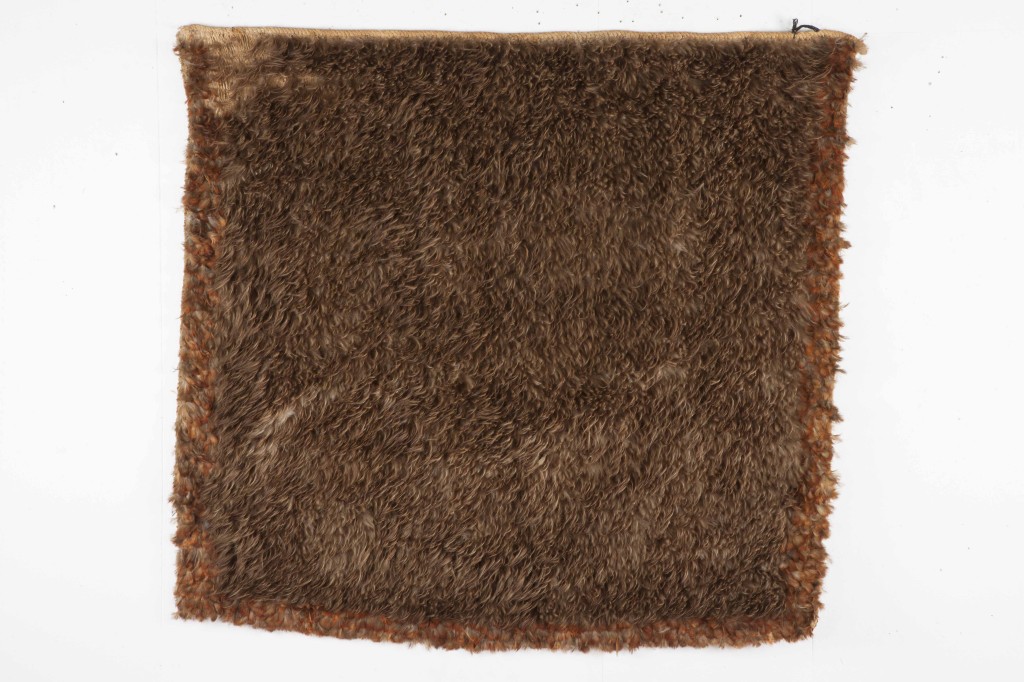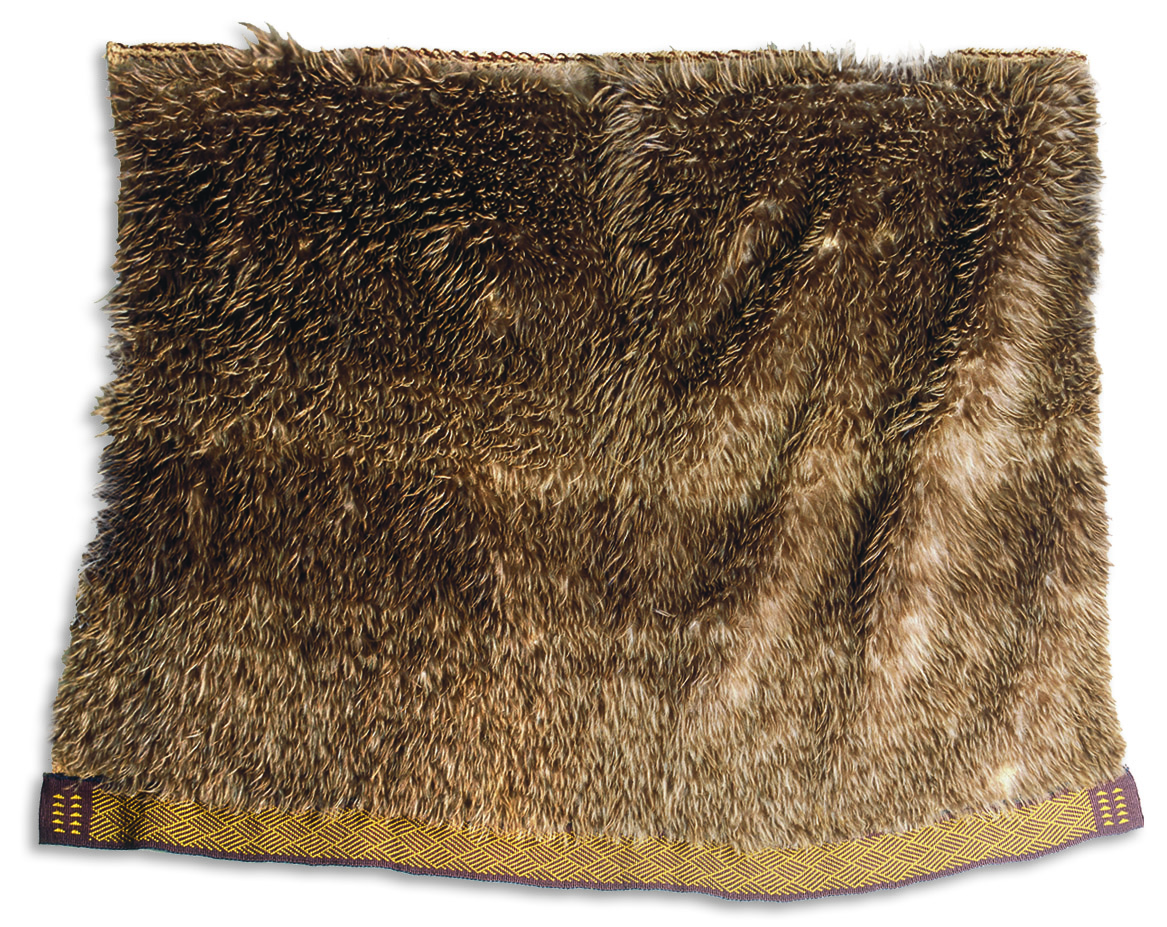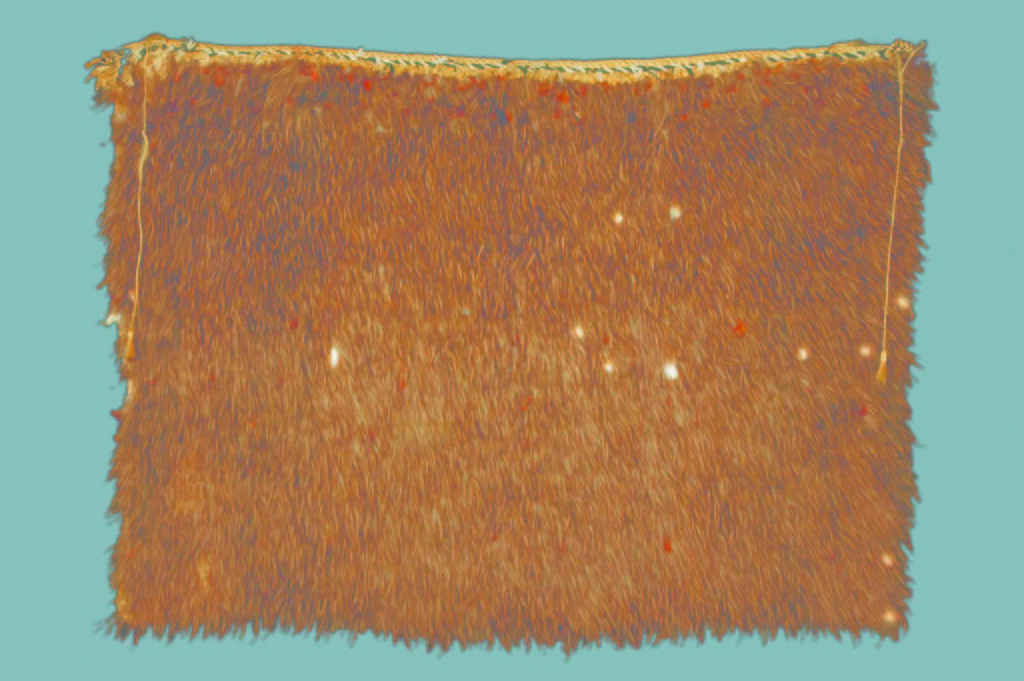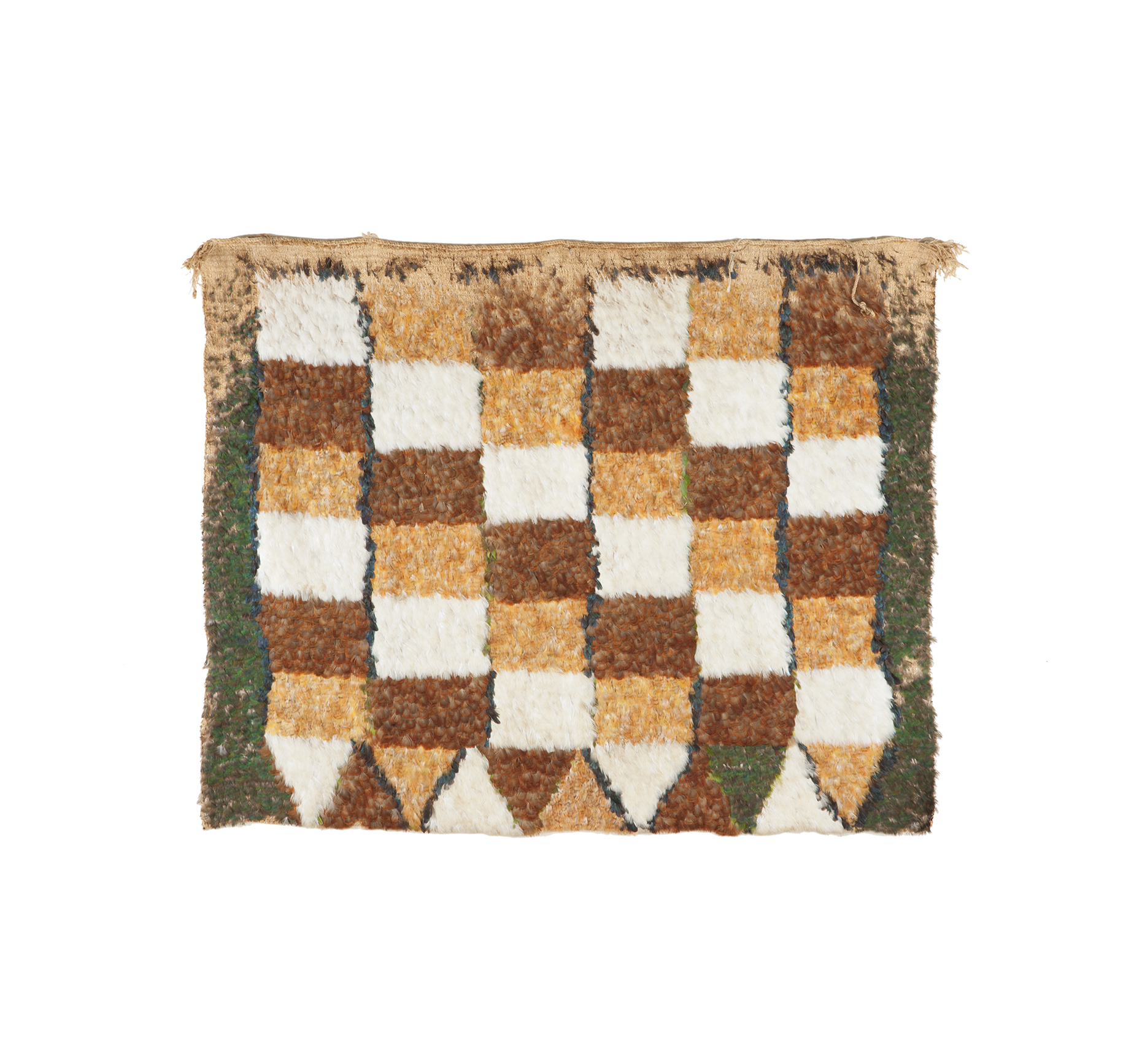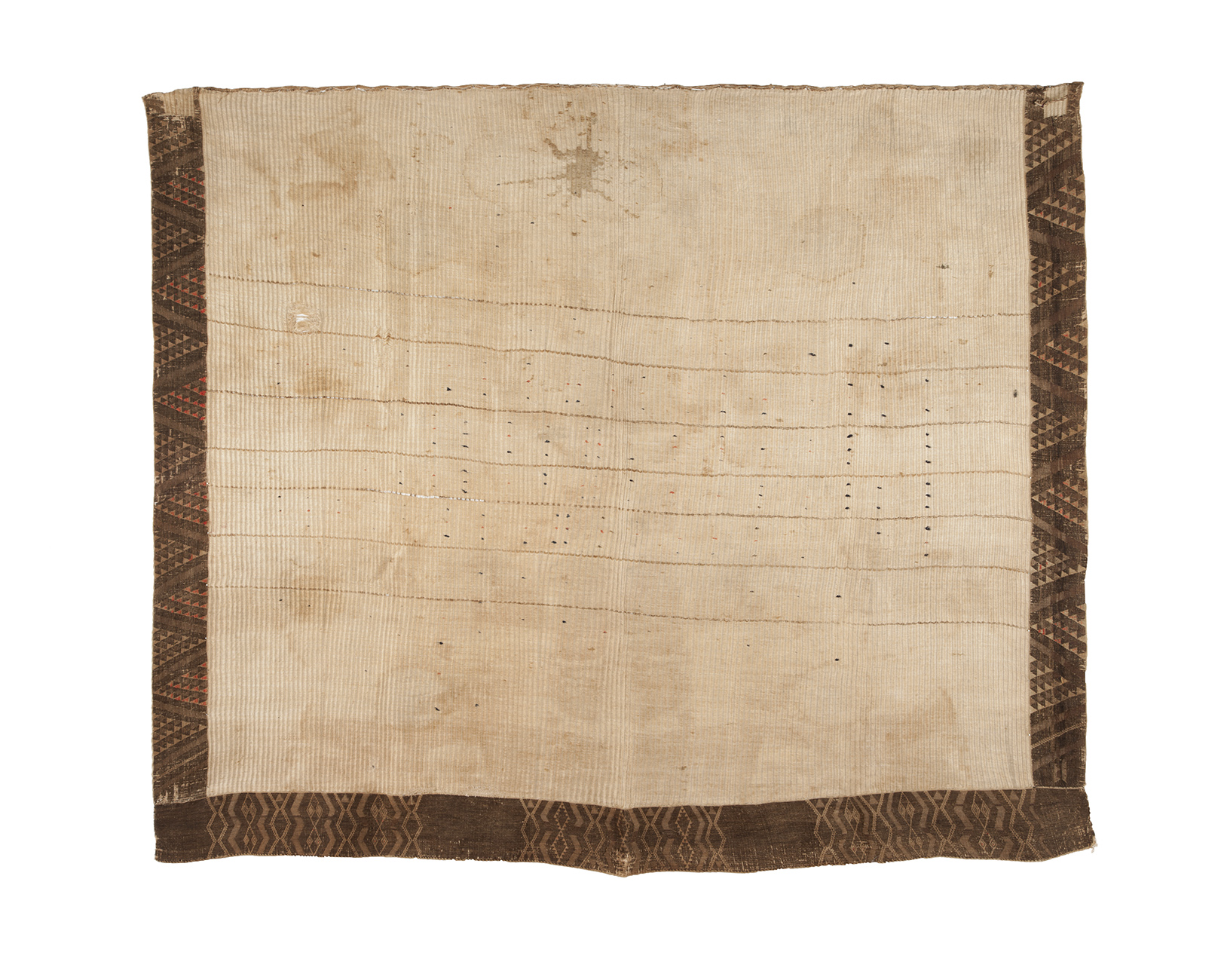Maori Feather Cloaks at Auction
The fine flax and feather dress cloaks (korowai) made by the Maori people in New Zealand are rare, valuable, and of great cultural significance. The different types were named after the source of their ornamentation, so where a certain type of feather predominates the cloak gains the name of the bird.
On 26 March 2013, a rare 19th century Maori kahu kiwi feather cloak was sold by the New Zealand auctioneers Webb’s in Auckland for $46,000 (approximately US$40,000). It is adorned with mature brown kiwi feathers, while the side borders are embellished with kaka and tui feathers. In exceptional condition with only a small amount of loss to the top left corner, consistent with usage, it was consigned by a private collector in the Wanganui region, whose family’s oral history tells that the vendor’s father was kidnapped by a Maori tribe, and then returned to his father wrapped in this feather cloak.
The kahu kiwi feather cloak just sold is the most recent of a series of five historic cloaks sold by Webb’s since 2006, the others being: A kahu kiwi cloak, 4 April 2006, $125,450; A king’s kahu kiwi cloak, 25 September 2012, $79,730; A kahu huruhuru cloak, 28 March 2012, $46,900 ; and an early kaitaka paepaeroa cloak, 28 March 2102, $35,175.
Kaitaka is the name given to the prestigious cloaks woven using unbeaten New Zealand flax that were recorded and collected by early European explorers. The last piece, which was unsold in the most recent sale, is believed to have been collected by Captain Cook’s botanist Sir Joseph Banks (1743–1820), and was reputedly once in in the collection of Lieutenant-General Augustus Henry Lane Fox Pitt Rivers (1827–1900), eventually making its way back to New Zealand via an Australian collection.


